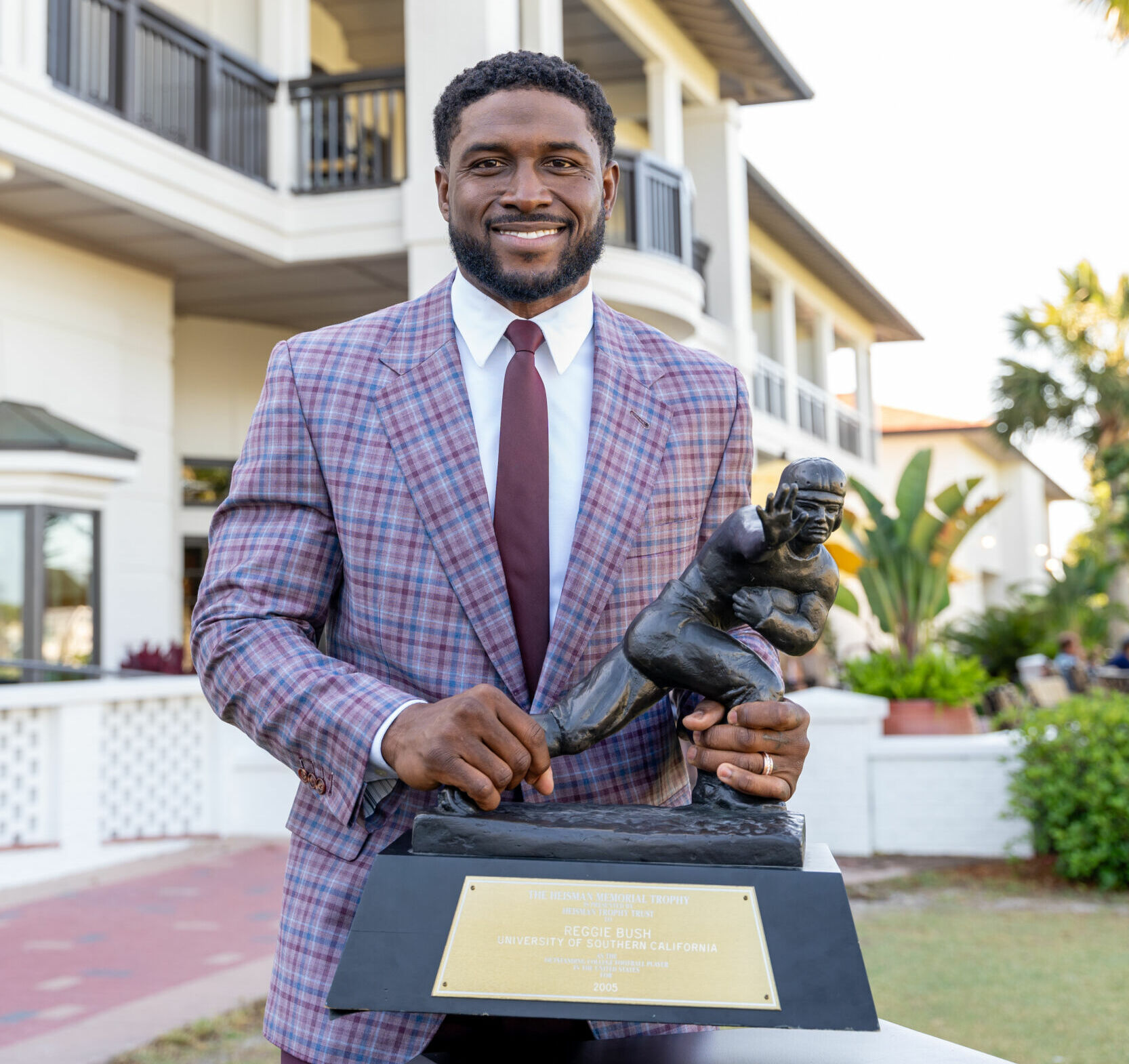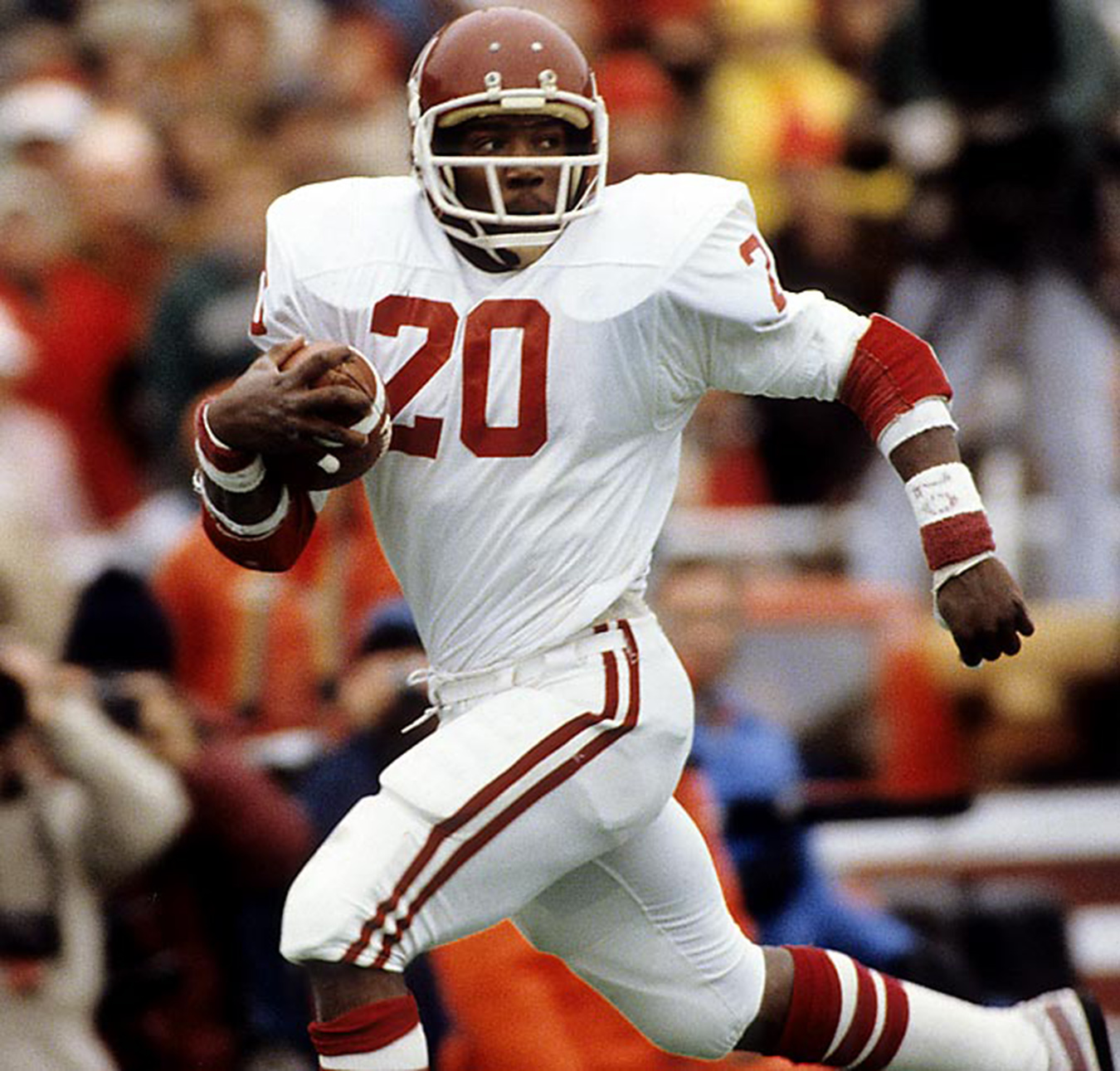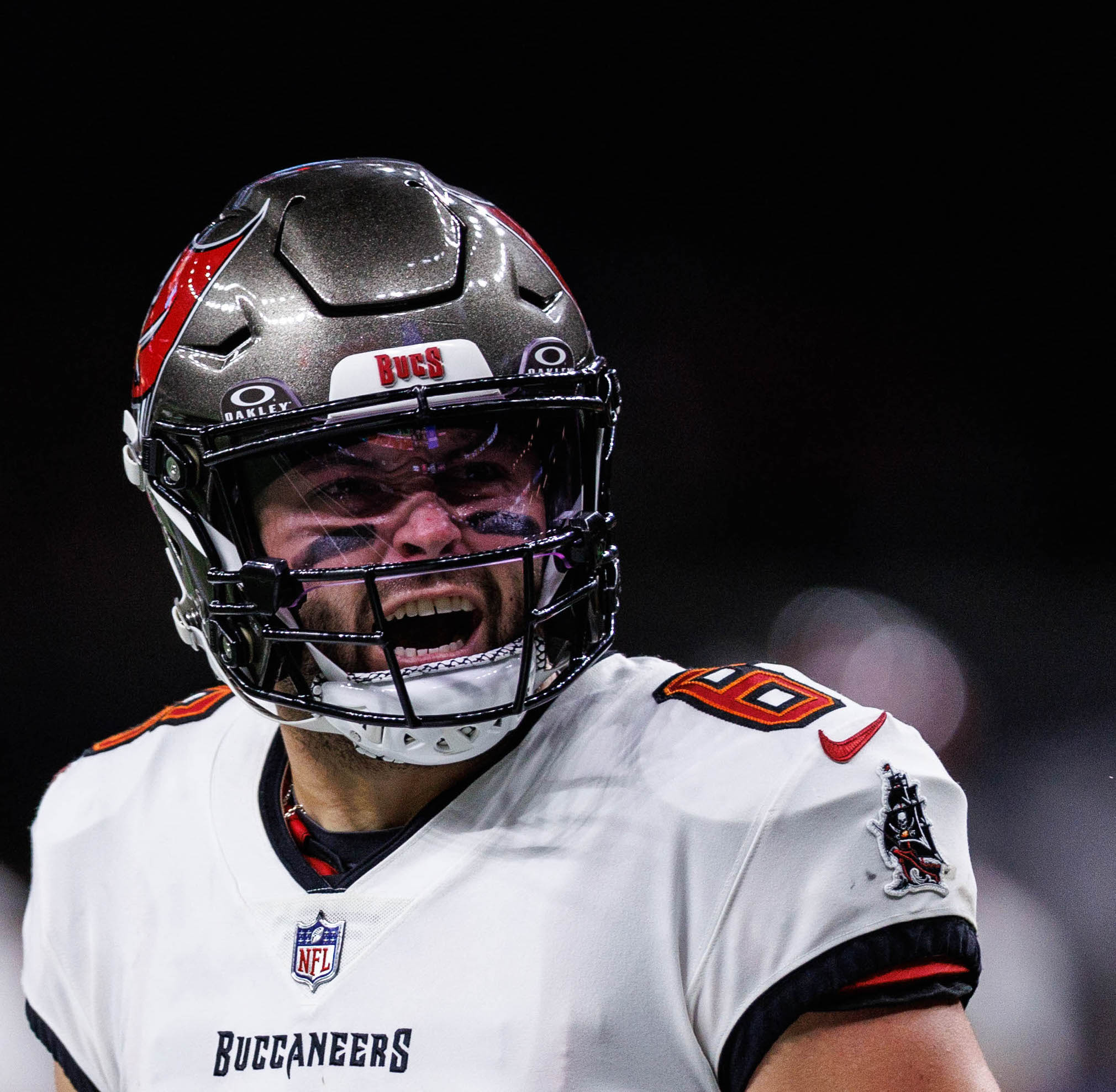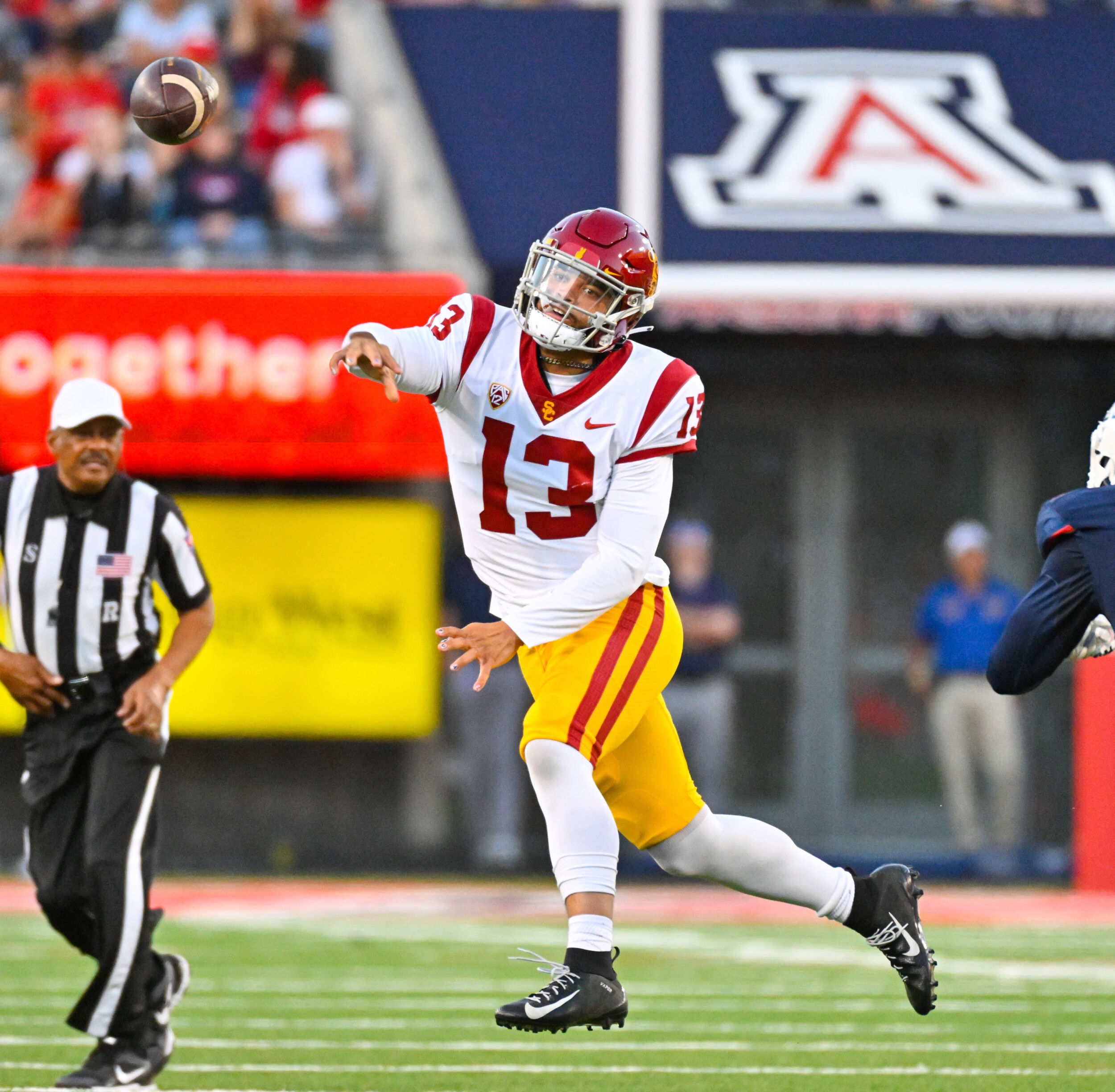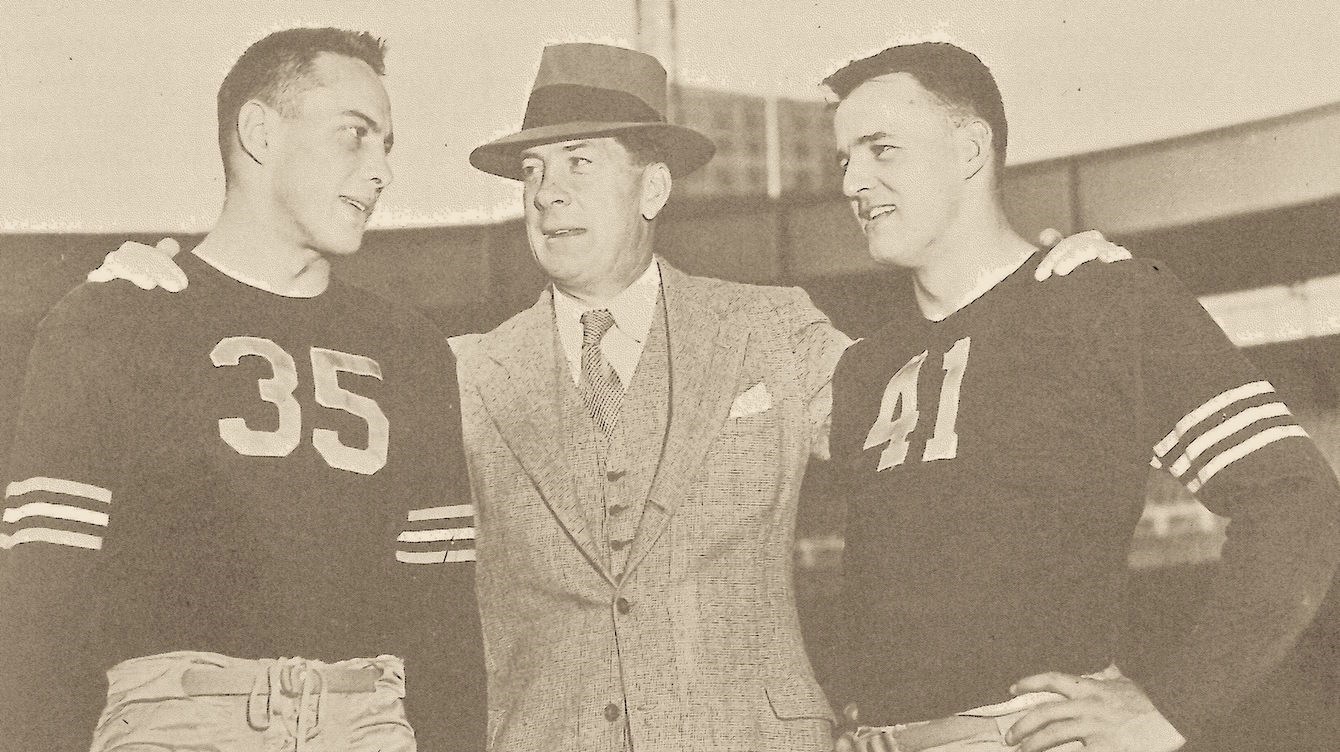
Army-Navy Rivalry Heisman Notes

The 121st edition of the Army-Navy game will kick off Saturday, played this year at West Point for the first time since 1943 – the fourth time ever there – and it is just the seventh time the game has been played on either campus (the series began at Army in 1890).
Typically, the game (check out the digital game program here) is the final college football regular-season contest of the season, the only match-up on the docket. This year, the game will share Saturday with close to 40 other games, but ESPN’s College GameDay will help spotlight the game by originating its broadcast from West Point.
The rivalry still stands out and below are some Heisman-related notes to celebrate this tradition-rich annual meeting.
- The five Heisman Trophy winners that have played in the rivalry include Army’s Felix “Doc” Blanchard (1945), Army’s Glen Davis (1946), Army’s Pete Dawkins (1958), Navy’s Joe Bellino (1960) and Navy’s Roger Staubach (1963).
- Davis is one of just three players to finish in the top 3 Heisman voting three times (second in 1944-45, first in 1946). Joining him are Doak Walker (third in 1947, first in 1948, third in 1949) and Herschel Walker (third in 1980, second in 1981, first in 1982).
- Davis came the closest of any player to win a second Heisman but fall short, coming just 125 points from winning the 1944 trophy. Blanchard was just 175 points back that same year, in third. In fact, Davis was just a combined 347 points away from the trophy in 1944 and 1945.
- Army’s Monk Meyer finished second in the first-ever Heisman Trophy voting in 1935 and completed TD passes of 35 and 40 yards in a win over the Midshipmen that year.
- Five of the top 10 1944 Heisman vote-getters played in that year’s rivalry. Davis and Blanchard each scored fourth-quarter TDs to ensure Army’s 23-7 1944 win, the duo finishing 2-3 in the balloting behind Ohio State’s winner Les Horvath (who went on to become a junior lieutenant in the Navy). Davis and Blanchard’s teammate, quarterback Doug Kenna, took eighth, while Navy’s Don Whitmire and Bob Jenkins placed fourth and seventh, respectively.
- Thanks to Davis and Blanchard, Army entered the 1945 contest ranked No. 1 while Navy was No. 2. Blanchard’s three TDs in the 32-13 win helped secure the Heisman Trophy days after the game, becoming the first junior to capture the award. Davis also scored in the game.
- George Welsh was the first Navy player to crack the Heisman top 3 in voting in 1955, joining winners Bellino and Staubach as the only Midshipmen to do so. He scored Navy’s only touchdown in the meeting that season.
- The 1958 contest saw that year’s winner, Army’s Dawkins, square off against future winner Bellino, who scored the first touchdown of the game. It was the Midshipmen’s only score, however, in a 22-6 Army win. Dawkins became the highest-ranking Heisman winner, going on to become a brigadier general in the Army. He won a bronze star for his service in Vietnam.
- Bellino scored three TDs in a 43-12 win in 1959. He followed that with 85 yards rushing, 16 yards receiving, 46 yards on kickoff returns and 45 yards on an interception return in 1960, leading Navy to a 17-12 victory while clinching Navy’s first Heisman Trophy.
- Staubach took center stage in the 1962 edition of the rivalry, completing a then-series record 10-of-12 passes. He threw for two scores and ran for two others in the 34-14 romp, setting the stage for his 1963 Heisman season, which ended in a 21-15 Navy win over Army – a week after he had officially the won the trophy.
- In 2015, Navy’s Keenan Reynolds became the only Midshipmen quarterback to beat Army four times, finishing fifth in the Heisman voting that year.
Highights of Army’s trio of winners:
Highlights of Joe Bellino:
Roger Staubach accepts his Heisman Trophy:

